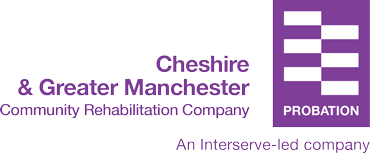The Interchange Model is our approach to equipping people who have offended to make better choices.
It has a strong theoretical base, and is grounded in the latest and best research on what works in promoting desistance and reducing re-offending. It was developed with the support of Manchester Metropolitan University, who continue to evaluate its effectiveness in practice.

Focus on strengths and responsibility
The model itself is simple. It follows the offender journey using three core activities:
- Interact: assessing, reviewing, enforcing, referring and co-designing a journey plan with the offender
- Intervene: delivering interventions to support change and deliver the sentence
- Integrate: activities designed to integrate offenders into their communities and the available resources
A key part of the model is a move away from focusing on service user’s problems or barriers to rehabilitation and focusing on their strengths and opportunities. This approach encourages individual responsibility and active citizenship, as change is about looking towards the future.
New ways of working
Evidence repeatedly shows that a purely punitive system can only achieve limited results. This is one reason why the Government brought into law the Offender Rehabilitation Act because it was recognised that simply sending people to jail for short sentences was not working.
Encouraging people to think of what goals they want to achieve and helping build steps and support that lead to achieving those goals is central to our approach.
The Interchange Model begins by introducing people to probation and supporting them to design a plan – one that can be continually updated and amended – which supports change.
Probation case managers support the individual in understanding what positive support networks exist in their community. For example, stopping certain behaviours may be linked to moving away from negative peer circles. If this is the case, then looking at positive alternatives is essential. This could be anything from enrolling in educational courses through to volunteering or working out at a gym. Establishing and maintaining positive networks before completing a period of probation is the key to this approach, as those support networks helps the individual to not re-offend.
Toward the end of the order or licence staff will then review progress with the individual, consider what achievements have been made and discuss what work still needs to be done. Exiting the service will include an evaluation and long-term goal setting.
